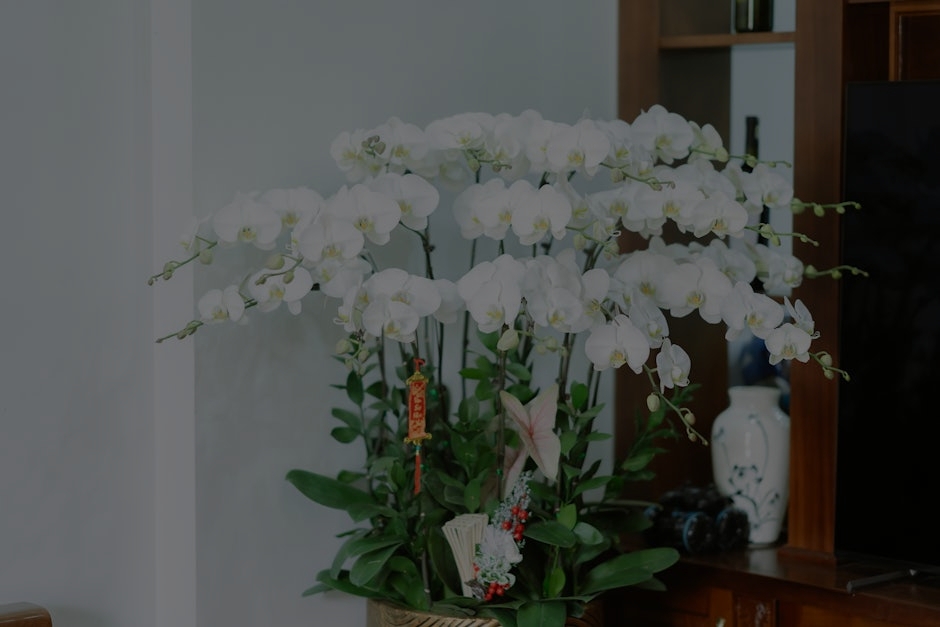**Abstract:**
Transform your living space with essential feng shui ornaments designed for beginners. Discover how these elements can enhance energy flow, promote harmony, and create a peaceful environment in your home.
Understanding Feng Shui: The Art of Energy Flow
Feng shui, an ancient Chinese practice, focuses on creating balance and harmony within a space. It emphasizes the flow of energy, or “qi,” which can significantly affect our emotions and well-being. By incorporating feng shui ornaments, beginners can easily enhance their living spaces. These ornaments not only serve aesthetic purposes but also help to redirect energy, creating a more positive atmosphere. Understanding the principles of feng shui can empower individuals to make informed choices when selecting these items.
Essential Ornaments: Where to Start
For those new to feng shui, starting with a few essential ornaments can make a significant difference. Common items include crystals, bamboo plants, and wind chimes. Each of these items carries unique properties that can influence energy flow. For example, crystals are known for their ability to absorb and transmit energy, while bamboo symbolizes strength and flexibility. Wind chimes can disperse stagnant energy, promoting a lively environment. Choosing the right ornaments based on your space and personal goals is crucial for beginners.
Placement Matters: Maximizing Energy Potential
In feng shui, the placement of ornaments is just as important as the items themselves. Strategic positioning can enhance the effectiveness of these ornaments. For instance, placing a crystal in the wealth corner of your home can attract prosperity, while a bamboo plant in the east can promote health. Understanding the bagua map, a feng shui tool that outlines the energy centers of a space, can guide beginners in optimizing their ornament placements. By following these guidelines, individuals can create a harmonious flow of energy throughout their living spaces.
Color and Material: Enhancing Your Space
The colors and materials of feng shui ornaments also play a vital role in their effectiveness. Different colors correspond to various elements and emotions. For example, red symbolizes passion and energy, while blue represents tranquility and healing. Similarly, the materials used, such as wood, metal, or ceramic, can influence the energy of a space. Beginners should consider these aspects when selecting ornaments to ensure they resonate with their intentions and enhance the overall energy of their home.
Personalization: Aligning with Your Intentions
Feng shui is not a one-size-fits-all approach; it encourages personalization. Beginners should select ornaments that resonate with their specific intentions and goals. Whether you seek love, prosperity, or health, there are specific feng shui ornaments tailored to these desires. For instance, a pair of mandarin ducks can symbolize love and partnership, while a money tree can attract wealth. By aligning ornaments with personal aspirations, individuals can create a more meaningful and effective feng shui practice.
Maintaining Balance: Regular Adjustments
Feng shui is an ongoing practice that requires regular adjustments. As life changes, so do our energy needs. Beginners should periodically reassess their living spaces and the effectiveness of their feng shui ornaments. This may involve rearranging items, introducing new ornaments, or removing those that no longer serve a purpose. By maintaining balance and flow, individuals can ensure their living spaces continue to promote positivity and harmony.
Incorporating essential feng shui ornaments into your home can profoundly transform your living space. By understanding the principles of feng shui, selecting the right items, and personalizing your approach, you can create an environment that fosters peace, happiness, and prosperity. Embrace this journey, and let the energy of your home support your aspirations and well-being.










